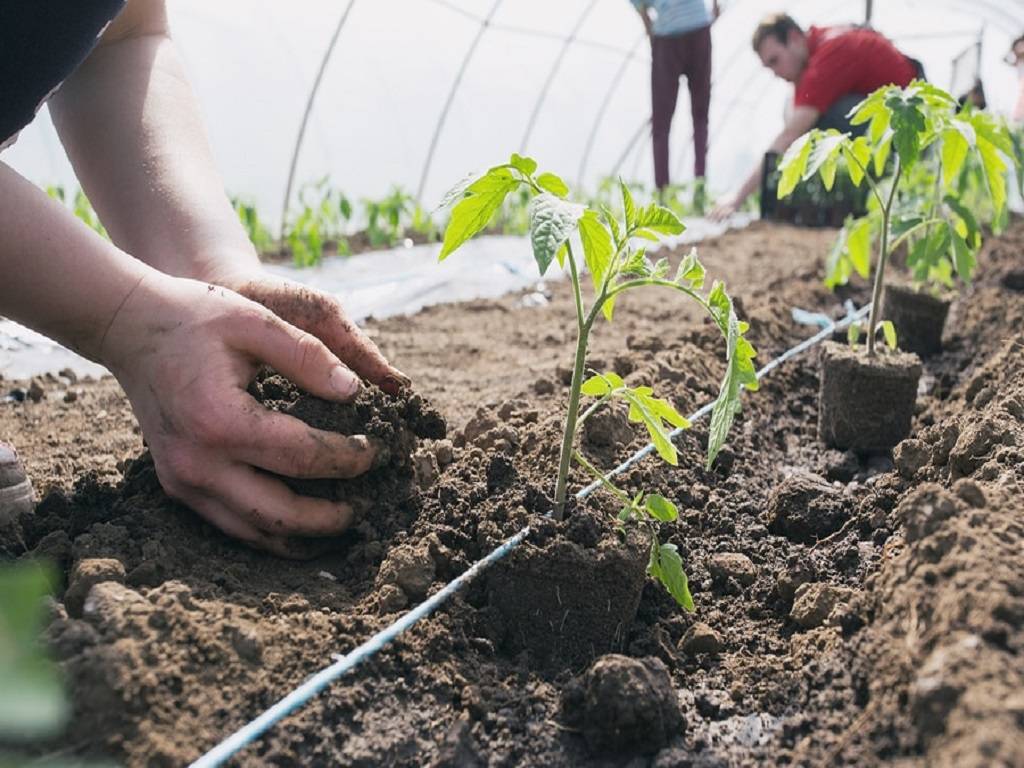
Farming is one of the most vital processes for survival. It also serves as a source of food and other resources for animals. Crop cultivation, on the other hand, is a challenging task. It requires a significant amount of time, patience, care, and precautions.
Manure and biofertilizers play a significant function in providing nutrition to a plant throughout this process. They are, however, very different from one another.
Manure Vs Biofertilizer
The main difference between manure and biofertilizer is that manure is an organic product composed mostly of animal excrement and is applied to soil to promote fertility, while biofertilizer is composed primarily of bacteria and can be applied to soil, seeds, and even plant surfaces.
Manure & Its Characteristic Features
Manure is the most environmentally friendly and natural substance that increases the quality of agricultural production. It is applied to the soil because it provides numerous nutrients to it.
To provide nutrients to the soil, substances such as cow dung, cowpea, horse gram, composted plants, and so on are mixed in. These nutrients enter the food chain and are eventually provided to the crop. When this occurs, the crop receives an abundance of nutrients, giving it a higher chance of sustaining quality.
Nonetheless, while being natural and organic, they represent several risks and negative consequences. For example, the odor of the substance becomes a major issue for individuals who work on the farm regularly. Furthermore, they attract a variety of pathogens that pose a health concern. Fruit flies and rats are also attracted to these substances.
Another issue is that manures are increasingly treated with antibiotics to make them more nutrient-dense. Nonetheless, they seem to be ineffective for plants in many cases. These antibiotics may be dangerous to animals that feed on plants, as well as humans in some cases.
Biofertilizer & Its Characteristic Features
Biofertilizers, on the other hand, are usually employed as an alternative to chemical fertilizers. They are environmentally friendly, although not as much as earlier. They speed up the process of providing nutrients to the plant since they already contain nutrient-rich microorganisms. Blue-green algae, rhizobium, and azospirilium are among the most widely utilized biofertilizers.
Nowadays, the substance is mostly made up of live microorganisms like bacteria and cyanobacteria. These are suitable for use on soil, seeds, and plants. As a result, because it requires a lot of human effort in most circumstances, it might be difficult to use. Furthermore, numerous precautions must be taken because particular biofertilizers can only be used for a certain plant category or species.
Major Differences Between Manure and Biofertilizer
-
Manure is made up of animal excrement and sometimes compost, whereas biofertilizer is made up of live microorganisms.
-
Biofertilizer is applied to soil, whereas manure is applied to soil, seeds, and plant surfaces.
-
Manure is the most environmentally friendly product, although biofertilizer is less environmentally friendly and is used as an alternative to chemicals.
-
Manure protects the soil and aids in its moisture and aeration, whereas biofertilizer has no such advantages.
-
Manure examples include cow dung, cowpea, horse gram, composted plants, and so on, whereas biofertilizer examples include blue-green algae, rhizobium, and azospirilium.










